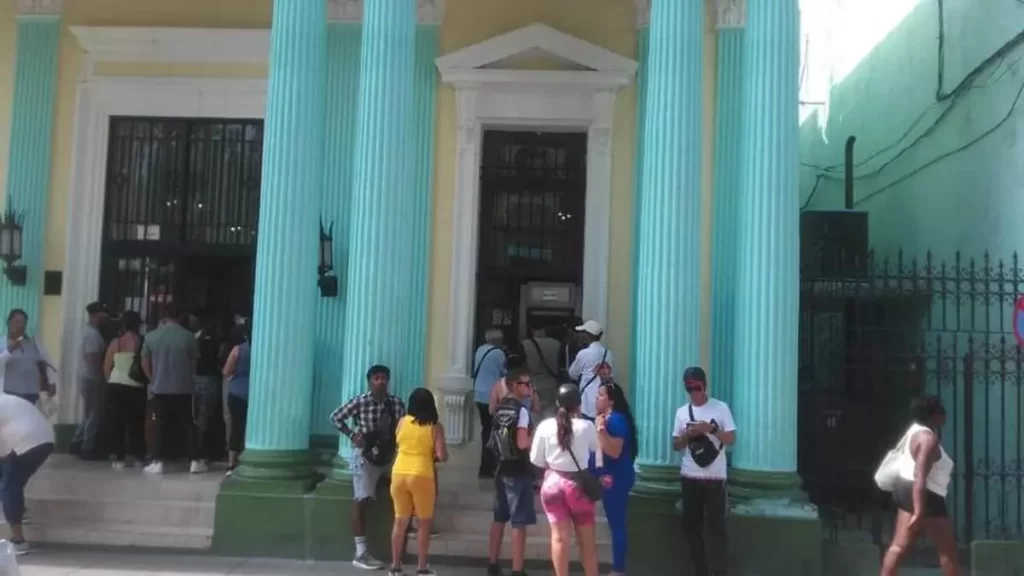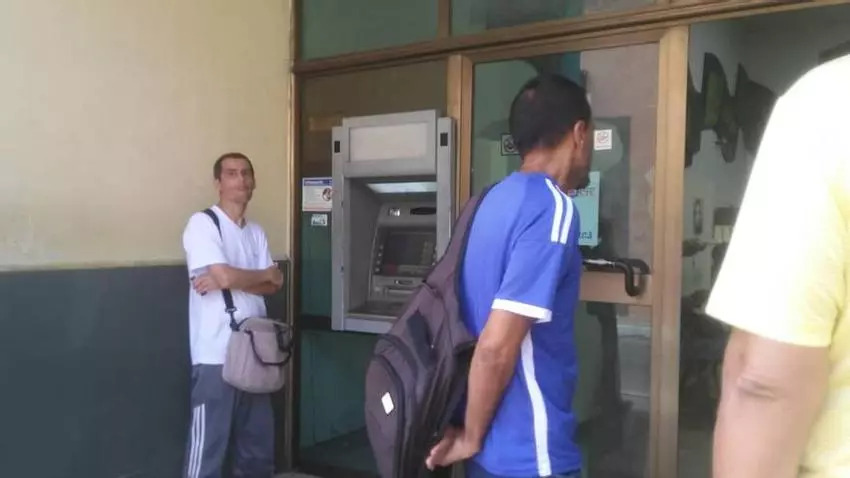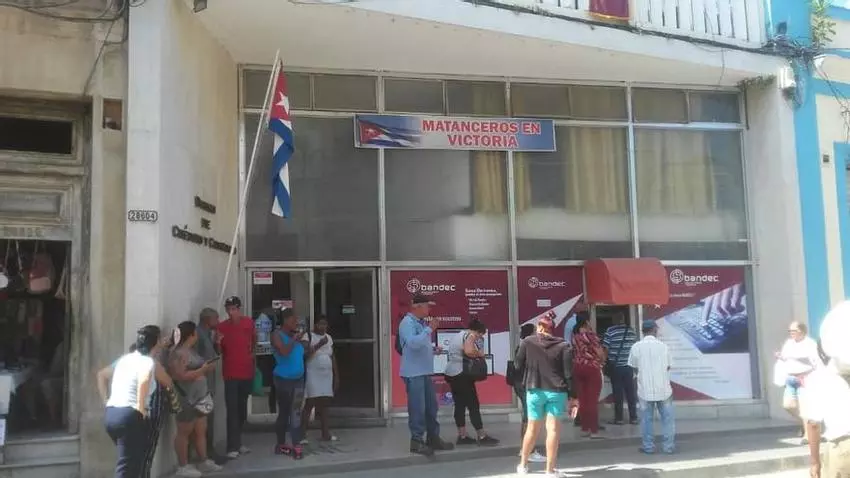The money has been transferred, says Foreign Minister Alicia Bárcena, through the programs Sembrando Vida and Jóvenes Construyendo el Futuro

![]() 14ymedio, Mexico City, 8 May 2024 — Mexico has invested 133 million dollars to address the causes of emigration in Cuba, Venezuela, Haiti, Guatemala, Honduras and Salvador, Foreign Minister Alicia Bárcena said on Tuesday in the Ministerial Meeting of the Los Angeles Declaration on Migration and Protection, which is taking place in Guatemala.
14ymedio, Mexico City, 8 May 2024 — Mexico has invested 133 million dollars to address the causes of emigration in Cuba, Venezuela, Haiti, Guatemala, Honduras and Salvador, Foreign Minister Alicia Bárcena said on Tuesday in the Ministerial Meeting of the Los Angeles Declaration on Migration and Protection, which is taking place in Guatemala.
Bárcena boasted of the use of resources to “address structural causes” such as “poverty, inequality, climate change, violence,” in addition to “eliminating unilateral coercive measures that are affecting the livelihoods of our peoples at the expense, by the way, of their development.”
The money that Bárcena mentioned has already been channeled by Mexico to Cuba, Guatemala, Belize, El Salvador, Haiti and Honduras through the social programs Sembrando Vida (Sowing Life) and Jóvenes Construyendo el Futuro (Youth Building the Future). continue reading
Bárcena proclaimed the use of resources to “attend to structural causes” such as “poverty, inequality, climate change, violence”
The Sembrando Vida program has been questioned for its lack of transparency and the opacity of its money management, and is seen by the opposition parties as a form of political clientelism. The Connectas information platform revealed that this program, to which 63.5 million dollars were at first allocated, “has received criticism for the expulsion of beneficiaries in a discretionary manner, the opacity in the management of the farmers’ savings and the delay in investigations that denounce their mismanagement.”
The Government of Mexico allocated 6,000,000 dollars to the Sembrando Vida program that started on the Island in July 2023, by delivering hoes, metal files, pruning shears and boots to a group of farmers. The beneficiaries were 5,000 producers with 25 cultivable acres that are grouped into cooperatives.
The Government of Mexico allocated $6,000,000 to the Sembrando Vida program that started on the Island in July 2023
Last December, the Mexican Agency for International Development Cooperation (Amexcid), in charge of the program, inaugurated two nurseries of fruit trees and trees for timber in the municipalities of Artemisa and Mayabeque, in addition to donating half a dozen tractors. However, it is still unclear how much of the 150 dollars that Cuba receives for each beneficiary is given to the farmers.
Mexico, Bárcena said, also made a commitment to provide employment in its territory to asylum seekers. “We committed to employing 20,000 migrants in three years, and, in less than two years since the signing of the Los Angeles Declaration, we have employed more than 17,000 refugees, just from the local integration program that the UNHCR implements in Mexico, together with the Mexican Commission for Refugee Assistance.”
The official did not detail the nationality of the employees or the companies with which they are working.
Translated by Regina Anavy
____________
COLLABORATE WITH OUR WORK: The 14ymedio team is committed to practicing serious journalism that reflects Cuba’s reality in all its depth. Thank you for joining us on this long journey. We invite you to continue supporting us by becoming a member of 14ymedio now. Together we can continue transforming journalism in Cuba.



















